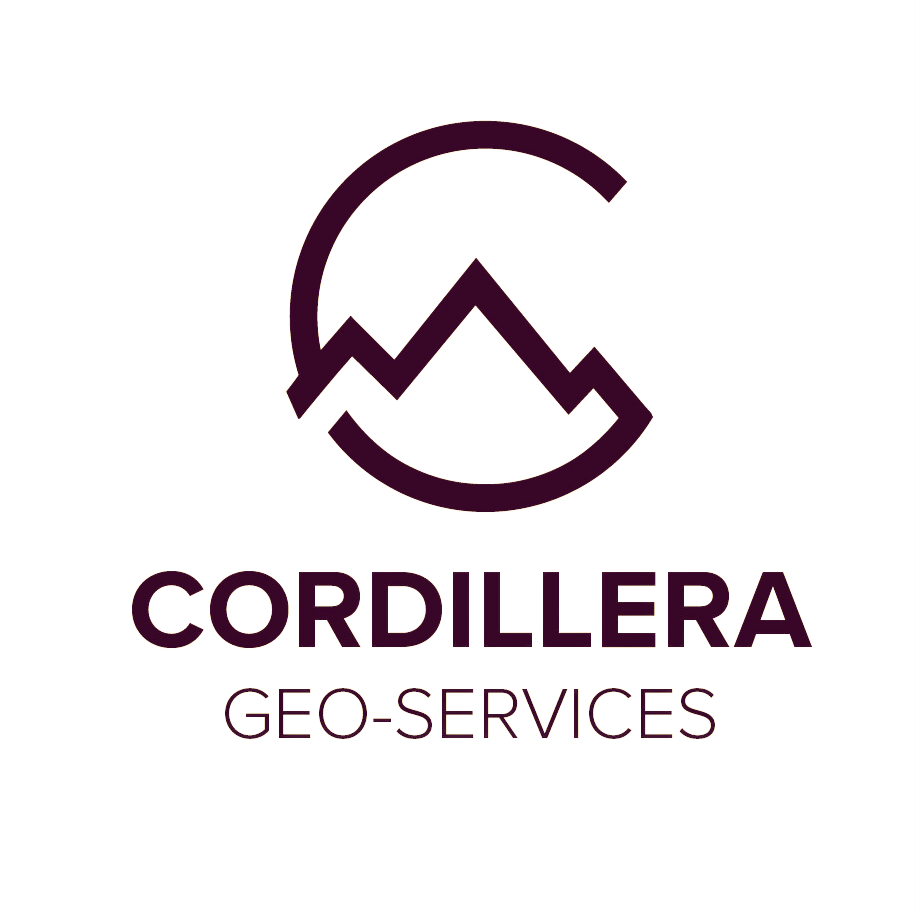Did you know that the secrets to a solid infrastructure project often lie beneath the surface? Understanding what’s happening underground is like having a superpower in the world of civil engineering and geotechnical projects. Let me tell you how geophysics makes site characterization better for geotechnical engineering.
Before you start building, getting to know what’s going on underground is crucial. This knowledge helps engineers design foundations, retaining walls, tunnels, and other structures that can handle whatever Mother Nature throws their way. This process is known as site characterization, and it involves studying soil types, groundwater levels, rock properties, and potential site hazards like landslides or sinkholes.
Traditionally, site characterization used to rely on invasive methods like boring into the ground and taking soil samples. While these methods are still valuable, they can be a real headache – they’re time-consuming, expensive, and sometimes limited in coverage.
Enter geophysics, a trustworthy science that offers a non-invasive, cost-effective way to explore what’s beneath our feet.
What’s Geophysics All About?
Geophysics is like the detective of the Earth’s underground world that uses various cool techniques to unveil its mysteries without making a mess. In geotechnical engineering, it is like the ultimate toolbelt for collecting valuable data without turning your construction site into a battleground.
Here are some of the main geophysical methods that geotechnical engineers use in their quest for underground knowledge:
- Seismic Refraction and Reflection: Ever heard of seismic waves? They’re like nature’s sonar for the Earth. Engineers use them to figure out what’s below, like how deep the bedrock goes and what the layers beneath the surface look like.
- Ground Penetrating Radar (GPR): GPR is like the X-ray machine for the Earth’s skin. It sends radar pulses into the ground, creating images of what’s hidden below. It’s perfect for spotting buried utilities, voids, and changes in soil properties.
- Electrical Resistivity Tomography (ERT): This survey helps you discern the soil types. It measures how well the ground conducts electricity, helping engineers map out what’s happening below, like potential groundwater issues.
- Magnetic Susceptibility: This method is like a metal detector for the underground world. It’s handy for finding hidden metallic objects, which is crucial when you’re dealing with underground utilities or even unexploded stuff.
- Borehole Geophysics: Combine traditional borehole drilling with geophysics, and you’ve got a match made in heaven. Engineers can use specialized tools to collect high-res data about what’s happening at different underground depths.
Geophysics is a game-changer in Civil Engineering.
Why should you care about geophysics if you work in geotechnical engineering?
Geophysics provides the inside scoop on subsurface conditions, minimizing unexpected surprises during construction.
Plus, these non-invasive surveys are often more budget-friendly than drilling all over the place, and they’re eco-friendly, too. Geophysics can cover more ground quickly, helping engineers focus on the good stuff.
Before you start building, you can also spot potential hazards like sinkholes or shaky soil conditions so you can prepare accordingly.
Armed with geophysical data, engineers can design foundations and structures perfectly tailored to the site, making projects safer and longer-lasting.
In a nutshell, geophysics is the secret sauce that’s revolutionized site characterization in geotechnical engineering. It’s like having a squad of engineers armed with high-tech gadgets exploring the Earth’s depths without breaking a sweat.
Integrating geophysics into geotechnical engineering practices will only become more critical as technology marches forward.
Do you want to make better foundation design, construction, and structure monitoring decisions? I can help.
